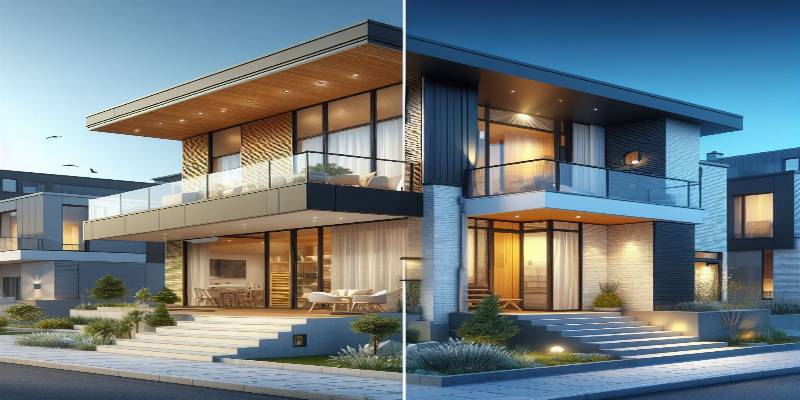




Designing the perfect interior space involves more than just choosing the right furniture and decor. It's also about selecting the right materials that align with your aesthetic preferences, budget, and sustainability goals. In this comprehensive guide, we'll explore everything you need to know about interior materials, from eco-friendly options to innovative designs and care tips.
Applications: Flooring, furniture, wall coverings
Bamboo is a fast-growing grass that is highly sustainable and eco-friendly. It's durable, lightweight, and offers a unique aesthetic appeal. Bamboo flooring, in particular, has gained popularity for its resilience and natural beauty.
Applications: Flooring, wall tiles, furniture
Cork is harvested from the bark of cork oak trees without harming the tree itself. It's a renewable resource that provides excellent insulation, sound absorption, and comfort underfoot. Cork flooring is also hypoallergenic and resistant to mold and mildew.
Applications: Countertops, tiles, decorative accents
Recycled glass is made from post-consumer and industrial waste, making it an environmentally friendly alternative to traditional materials. It comes in a variety of colors and textures, making it a versatile choice for interior design.
Hardwood comes from deciduous trees like oak, maple, and cherry. It's durable and typically more expensive than softwood.
Softwood comes from evergreen trees like pine, cedar, and spruce. It's less dense and more affordable than hardwood but may require more maintenance.
Oil-Based Finishes: Provide a natural look and enhance the wood's grain. They require regular maintenance but offer excellent protection against moisture and wear.
Water-Based Finishes: Durable, quick-drying, and low in VOCs (volatile organic compounds). They offer a clear finish that won't yellow over time.
Acrylics, also known as Plexiglas or Lucite, are lightweight, shatterproof, and available in a variety of colors and textures. They're often used for furniture, lighting, and decorative accents to add a modern touch to any space.
From stainless steel and aluminum to brass and copper, metals offer a sleek and contemporary look. They can be used for everything from fixtures and hardware to furniture and wall art, adding a touch of sophistication to your interior design.
Glass is a versatile material that can be used in a variety of ways, from windows and doors to countertops and partitions. It offers transparency and lightness, making spaces feel more open and airy. With advancements in technology, tempered and laminated glass are now available, offering increased durability and safety.
Wood: Clean with a damp cloth and mild soap, avoid harsh chemicals and excessive moisture, and use furniture polish or wax to maintain its luster.
Glass: Use a glass cleaner and a soft cloth to remove smudges and fingerprints, and avoid abrasive materials that can scratch the surface.
Metals: Wipe with a damp cloth and mild detergent, dry thoroughly to prevent water spots, and use metal polish to maintain shine and prevent tarnishing.
Laminate is an affordable alternative to hardwood and tile flooring. It's durable, easy to install, and available in a wide range of colors and patterns to mimic natural materials.
Vinyl flooring and wall coverings are cost-effective, easy to maintain, and available in a variety of styles and designs. They're water-resistant and ideal for high-traffic areas like kitchens and bathrooms.
Engineered wood combines a thin layer of hardwood veneer with plywood or fiberboard for added stability and durability. It offers the look and feel of real wood at a fraction of the cost, making it a popular choice for budget-conscious homeowners.
Whether you're renovating your home or designing a new space from scratch, choosing the right materials is essential for creating a functional, beautiful, and sustainable interior. By considering latest options, understanding different wood types and finishes, exploring innovative materials, and learning how to care for them properly. By consulting Edenspacee tech savvy team you can make informed decisions that will enhance your living environment for years to come.